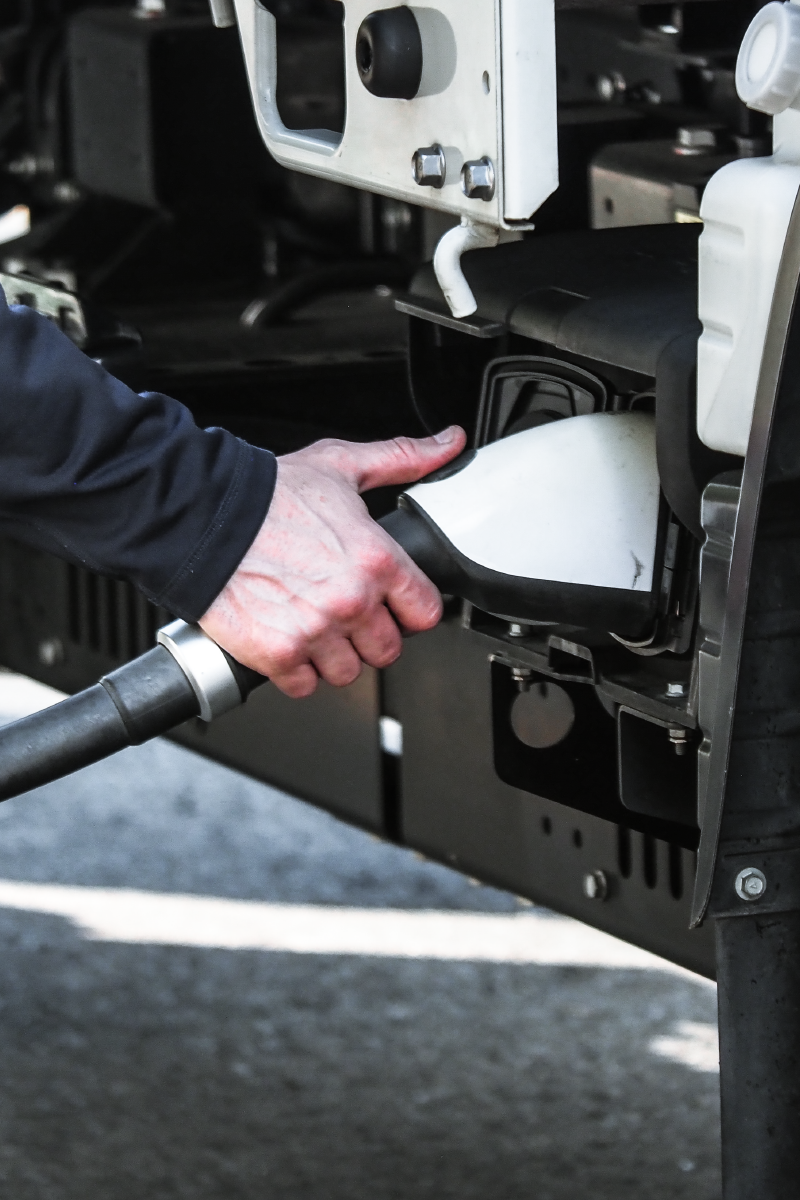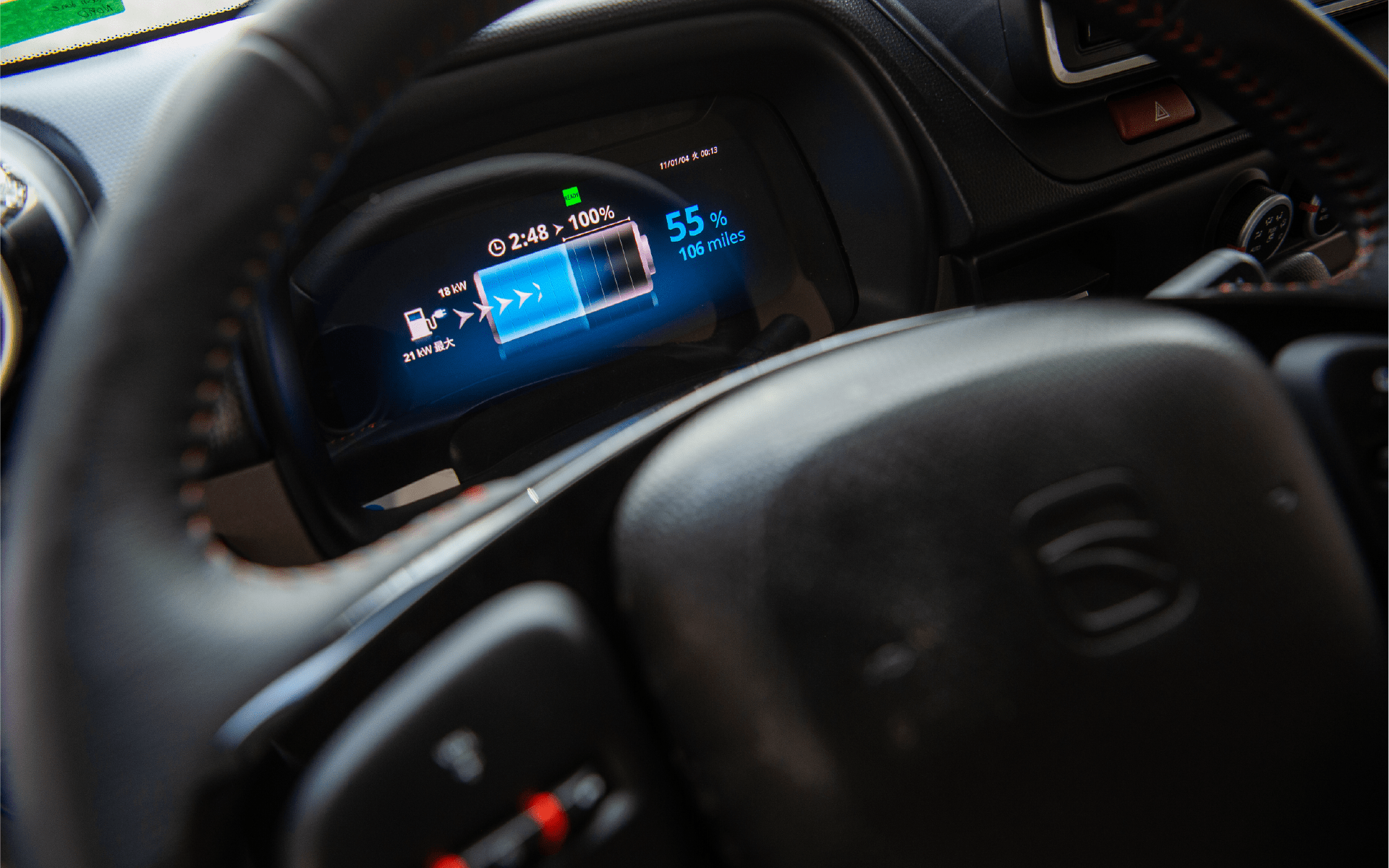Carbon credits for EVs are a key incentive in Canada and British Columbia’s clean fuel programs, designed to reduce greenhouse gas emissions in the transportation sector.
These programs reward the use of low-carbon fuels—especially electricity—by allowing fleet operators and infrastructure owners to generate credits.
Earning Carbon Credits for EVs Through Charging Infrastructure
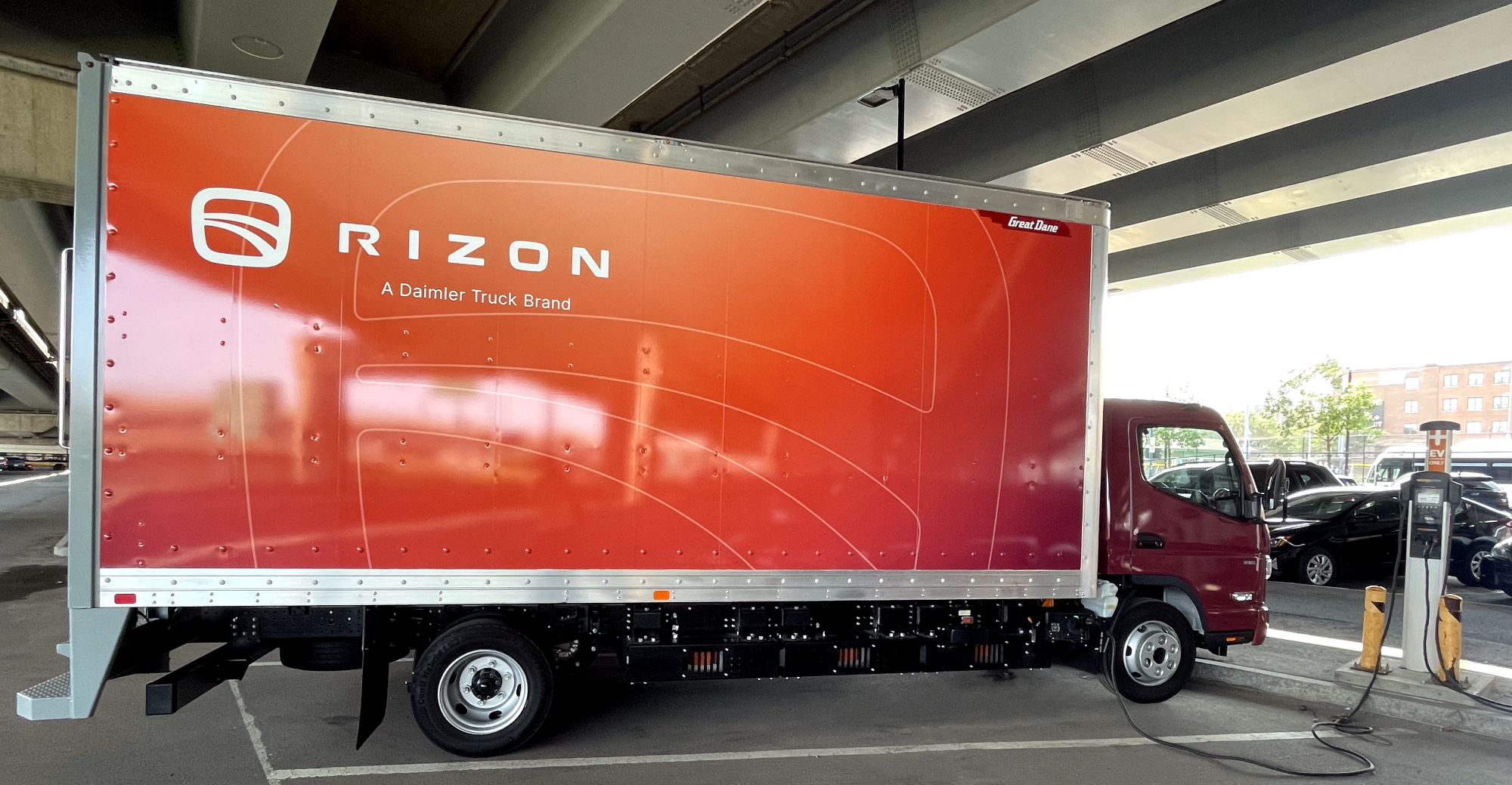
EV fleet owners who operate their own charging stations can earn carbon credits by tracking the electricity used to charge eligible vehicles, including their own. By managing in-house charging, organizations can create a potential revenue stream while supporting sustainable fleet operations.
Infrastructure owners—operators of Level 2 chargers or DC fast chargers—generate credits based on the electricity dispensed to eligible vehicles. Credit calculations rely on carbon intensity benchmarks, which measure greenhouse gas emissions per unit of energy (expressed in grams of CO₂ equivalent per megajoule, gCO₂e/MJ) across the full fuel lifecycle, from production to consumption.
Can Electric Vehicles Alone Generate Carbon Credits?
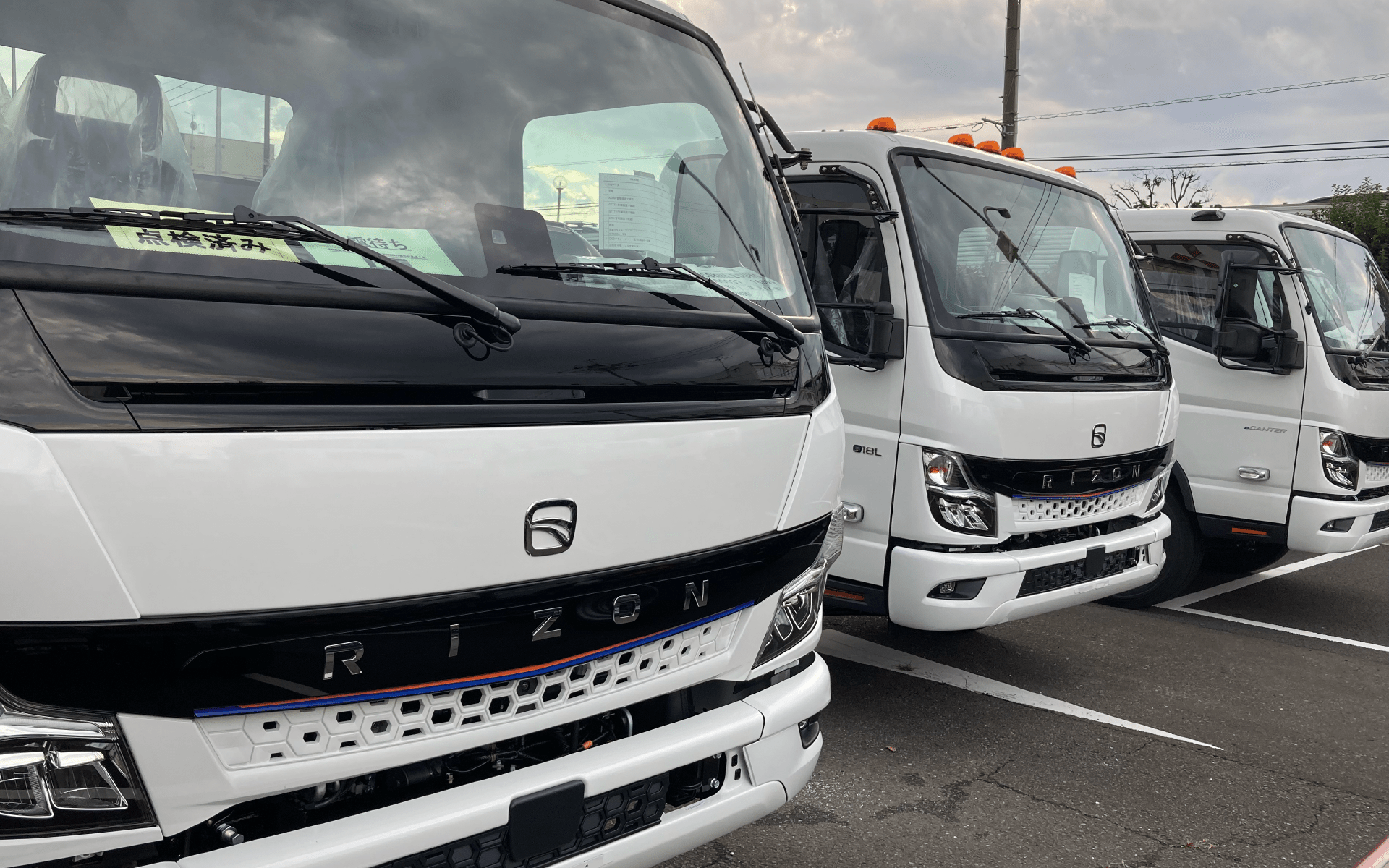
Electric vehicles do not generate carbon credits on their own. Under Canada’s Clean Fuel Regulations (CFR) and British Columbia’s Low Carbon Fuel Standard (BC-LCFS), credits are generated from the supply of electricity used for transportation purposes—not simply from owning or operating an EV.
To earn credits, electricity consumption must be verified using:
● Metered data from smart or networked chargers
● Vehicle telematics that track charging sessions and energy use
● Utility records demonstrating electricity delivered for transportation
Without verifiable data, credits cannot be claimed regardless of vehicle ownership, making charging infrastructure the essential mechanism for earning incentives.
How Charging Infrastructure Generates Carbon Credits for EVs
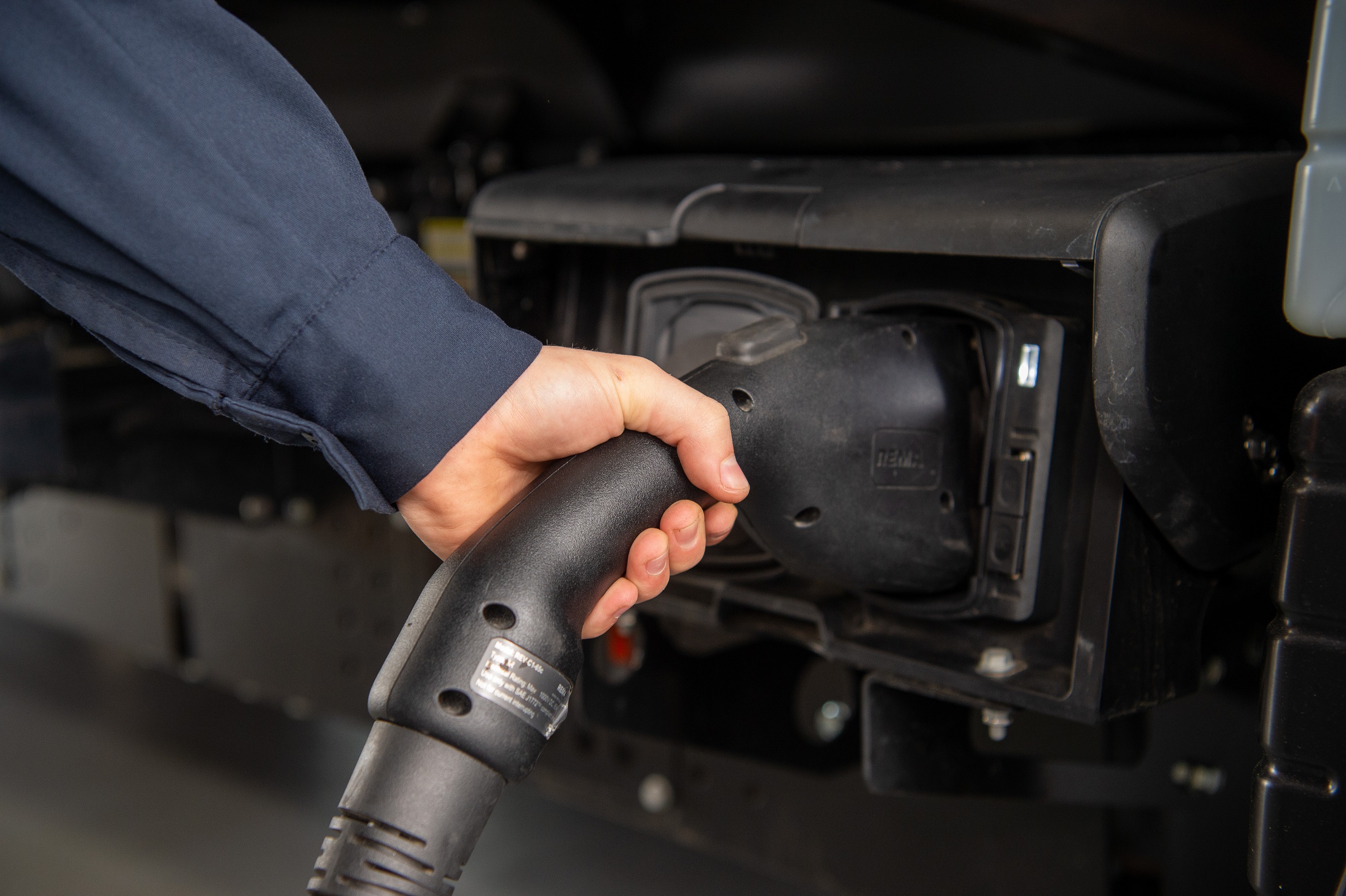
EV chargers earn credits based on the total electricity dispensed to eligible vehicles. Key qualification criteria include:
● Chargers must be non-residential (fleet depots or public stations)
● Electricity must be used for transportation
● Chargers must be metered and capable of reporting usage
Both site hosts (owners of the physical charger) and network operators (who manage data and connectivity) can claim credits, though only one party per site is eligible. Proper tracking and reporting ensure credits are issued accurately.
Overview of Credit Programs
Canada’s Clean Fuel Regulations (CFR)
The CFR, launched federally in July 2023, aims to reduce transportation fuel carbon intensity by 15% from 2016 levels by 2030. Credits can be generated from electricity powering eligible EVs and equipment.
British Columbia’s Low Carbon Fuel Standard (BC-LCFS)
BC-LCFS, implemented in 2013, targets a 30% reduction in carbon intensity from 2010 levels by 2030. It allows credit generation from electricity used to power transportation, including EVs and chargers.
Both programs provide stackable incentives, allowing infrastructure owners to maximize financial returns while supporting low-carbon fleet operations.
Credit Stacking Explained
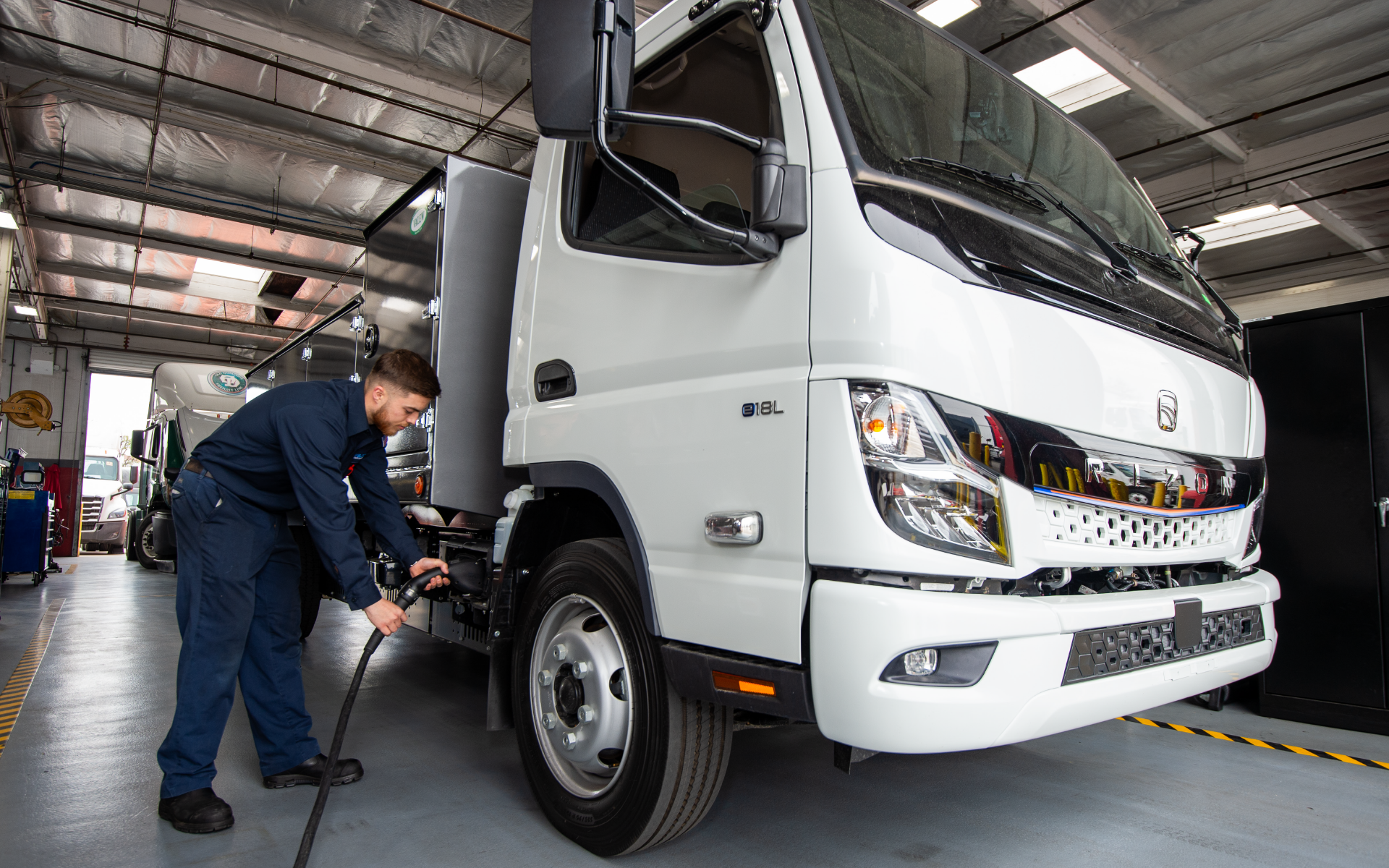
Credit stacking occurs when eligible electricity usage generates incentives under multiple programs. For example:
A RIZON Class 5 electric truck charged with 20,000 kWh annually in British Columbia could generate roughly:
● CFR credits: ~$9,100 CAD
● BC-LCFS credits: ~$2,860 CAD
● Total potential revenue: ~$11,960 CAD/year
Credit values fluctuate based on market conditions. Figures above use historical averages—CFR credits around $0.18 per kWh and BC-LCFS credits around $0.30 per kWh. Importantly, credits are tied to ownership or control of the charging stations, not the vehicles themselves.
Stacking credits can provide meaningful financial incentives while advancing electrification and sustainability objectives.
Frequently Asked Questions (FAQ)
Q1. What is a carbon credit?
A carbon credit represents a reduction of one metric ton of CO₂ emissions. Credits are earned by using low-carbon fuels, such as electricity, instead of gasoline or diesel.
Q2. Who can earn carbon credits
Organizations operating eligible electric vehicles and/or the charging infrastructure used to power them may qualify, including:
● Commercial fleets with in-house EVs and depot chargers
● Municipal transit agencies with electric buses or service vehicles
● Warehouse and logistics operators managing EV depots
● Retailers providing charging for delivery or service EVs
● Airports, ports, and other facilities with EV fleets and charging
Q3: How are credits calculated?
Credits are determined using:
1. Electricity consumed (kWh)
2. Carbon intensity of the electricity
3. Program-specific formulas
Calculation Example:
● Step 1: Determine annual electricity used (kWh)
● Step 2: Convert kWh to MJ (1 kWh = 3.6 MJ)
● Step 3: Carbon intensity difference (Diesel ~95 gCO₂e/MJ; Electricity ~10–20 gCO₂e/MJ; Difference ~75–85 gCO₂e/MJ)
● Step 4: CO₂ avoided per kWh: 3.6 MJ × 75 gCO₂e/MJ = 270 gCO₂e = 0.00027 metric tons CO₂
● Step 5: Apply credit value:
⁃ CFR: $0.081/kWh
⁃ BC-LCFS: $0.0459/kWh
Q4: What types of EVs are eligible?
Eligible vehicles include light-duty passenger EVs, medium-duty delivery vans, heavy-duty trucks (Class 1–8), transit buses, and specialty vehicles like RIZON Class 4 and 5 trucks.
Q5: What types of chargers are eligible?
Level 2 chargers (e.g., fleet depot 40A units) and DC fast chargers are eligible, provided they serve transportation purposes in non-residential settings.
Q6: What does reporting look like?
Reporting verifies electricity used for transportation. Data typically comes from smart chargers, telematics, and utility records and is submitted annually, though some jurisdictions allow quarterly reporting.
Q7: What is the reporting schedule?
● BC-LCFS: March 31 for the prior year
● CFR: April 30 for the prior year
Payments are usually issued by mid-year.
Q8: Can I participate in both programs?
Yes, organizations in BC may earn credits under both CFR and BC-LCFS for the same electricity usage.
Q9: How do I get started?
Register with the appropriate agency:
● CFR: via Credit and Tracking System (CATS)
● BC-LCFS: via Low Carbon Fuels Portal
Conclusion
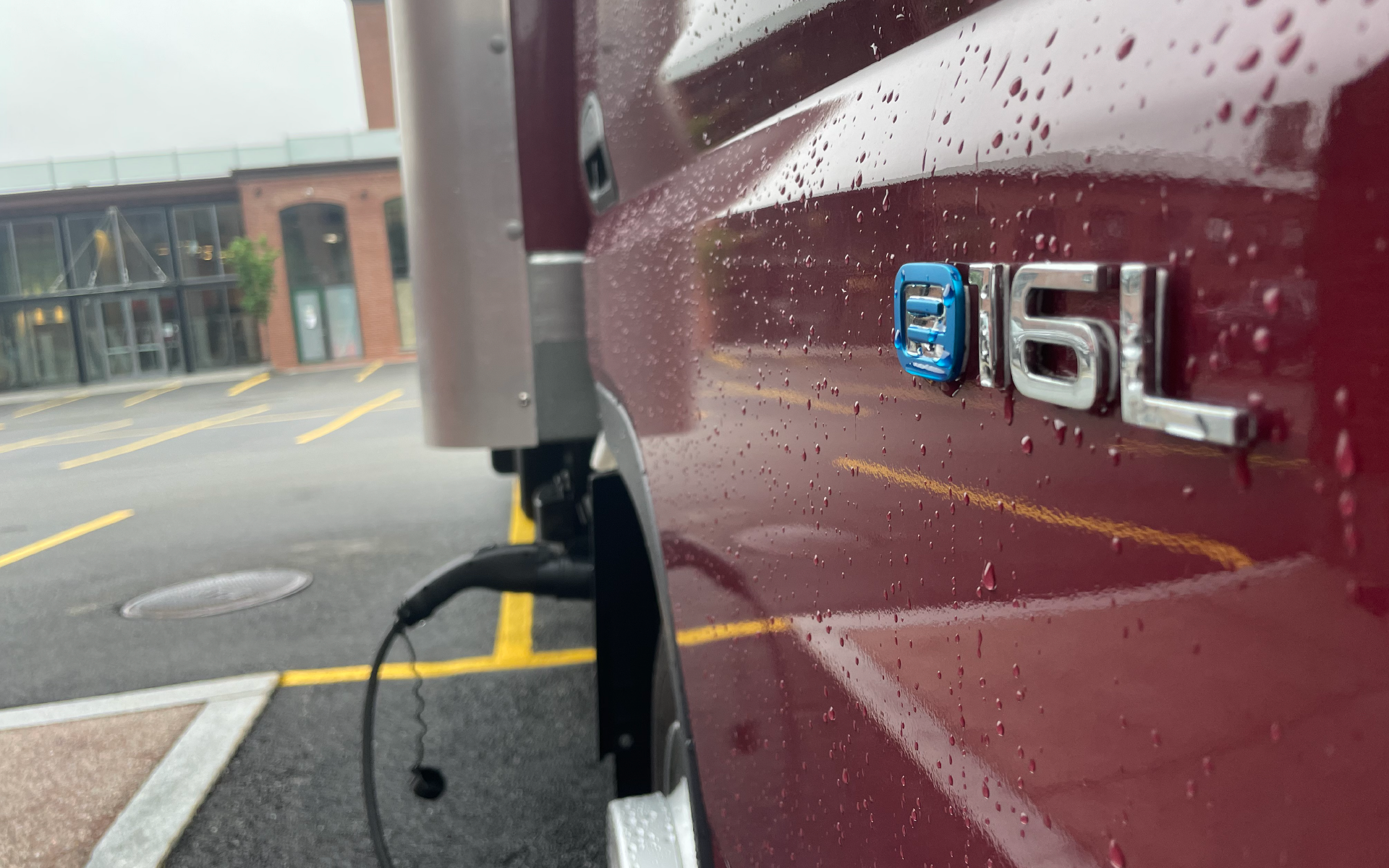
Canada’s carbon credit programs create strong incentives for investment in EV infrastructure and fleet electrification. While electric vehicles alone cannot generate credits, organizations that own or operate charging stations can earn meaningful financial benefits by verifying electricity delivered to eligible vehicles.
From a single RIZON Class 4 or 5 truck to a full fleet with multiple chargers, these programs can help offset costs, support sustainability objectives, and accelerate the transition to electric. With stackable credits in British Columbia and national coverage through CFR, there has never been a better time to act and maximize the advantages of electrification.

